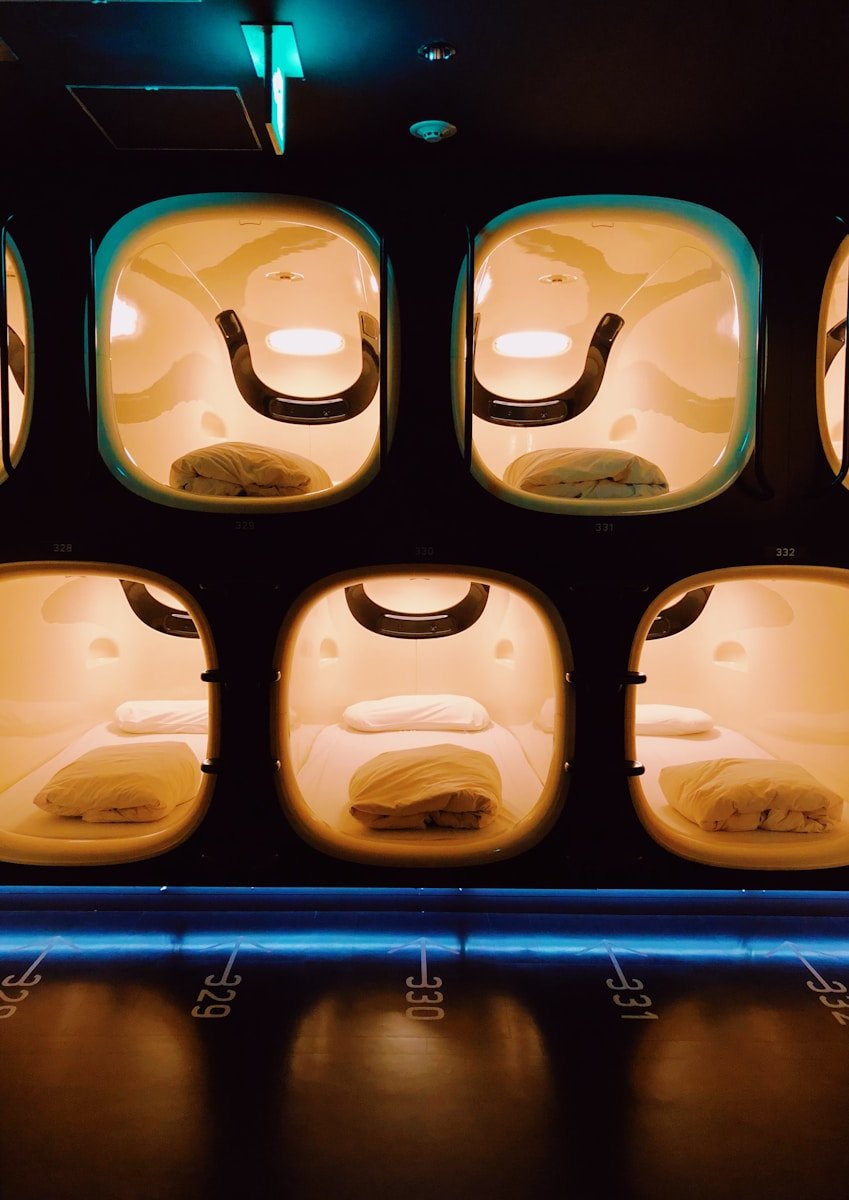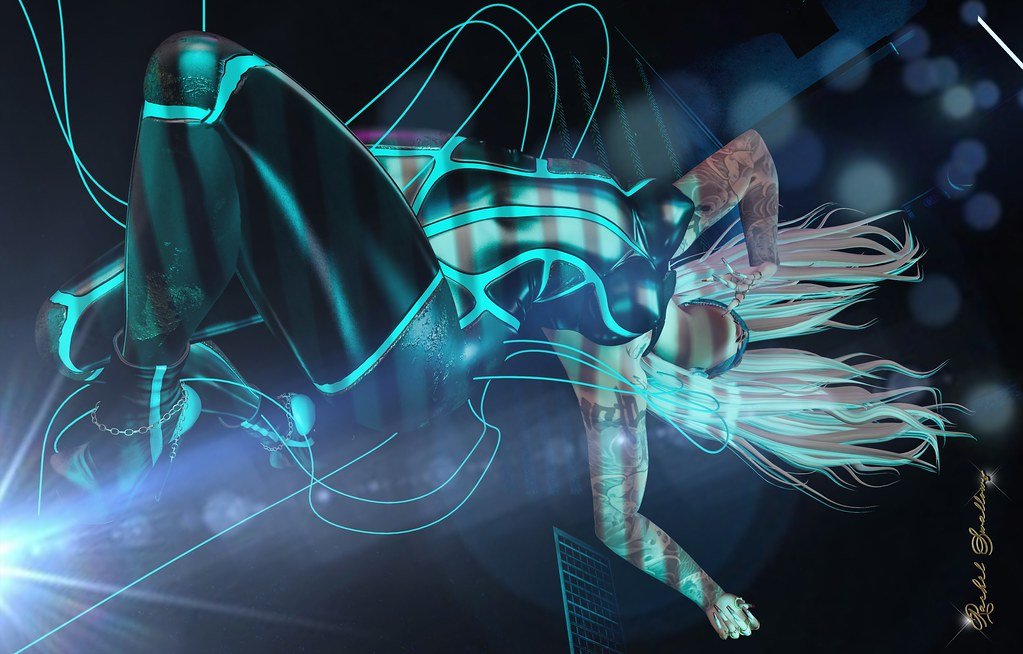STC, which stands for Sound Transmission Class, is a rating system used to measure and describe the sound insulation properties of building materials, such as walls, floors, and windows. The STC rating provides an indication of how well a material or assembly reduces the transmission of airborne sound from one space to another.
The STC rating is measured in decibels (dB) and is determined through laboratory testing according to the procedures outlined in ASTM E90. The test involves exposing a partition (e.g., wall or door) to a range of sound frequencies and measuring the sound levels on both sides. The resulting data is used to calculate the STC rating.
The STC rating reflects the overall sound transmission loss across a range of frequencies. Higher STC ratings indicate better sound insulation performance, meaning that less sound is transmitted through the material or assembly. The scale is logarithmic, which means that a difference of 10 STC points represents a perceived doubling or halving of sound intensity.
Here is a general breakdown of typical STC ratings and their corresponding sound insulation performance:
- STC 25-30: Low speech intelligibility. Normal conversation can be understood fairly easily through the partition.
- STC 30-35: Normal speech is somewhat audible but not easily understood. Privacy is limited.
- STC 35-40: Normal speech is barely audible, and loud speech can be faintly heard but is not intelligible. Privacy is improved.
- STC 40-45: Loud speech can be heard faintly but is not intelligible. Most sounds are effectively blocked.
- STC 45-50: Very loud speech or music can be heard faintly. Excellent sound insulation is achieved.
- STC 50 and above: Excellent sound insulation. Most sounds are effectively blocked, providing a high degree of privacy.
It’s important to note that the STC rating applies to the entire assembly, including walls, windows, doors, and any other components that contribute to sound transmission. Additionally, the actual sound insulation performance can be influenced by factors such as flanking paths (sound leakage through indirect paths) and the overall construction of the building.
When considering sound insulation requirements, it’s advisable to consult local building codes, regulations, and acoustic professionals to determine the appropriate STC ratings for specific applications. Different environments, such as residential, commercial, or industrial settings, may have different sound insulation requirements and standards to meet.







